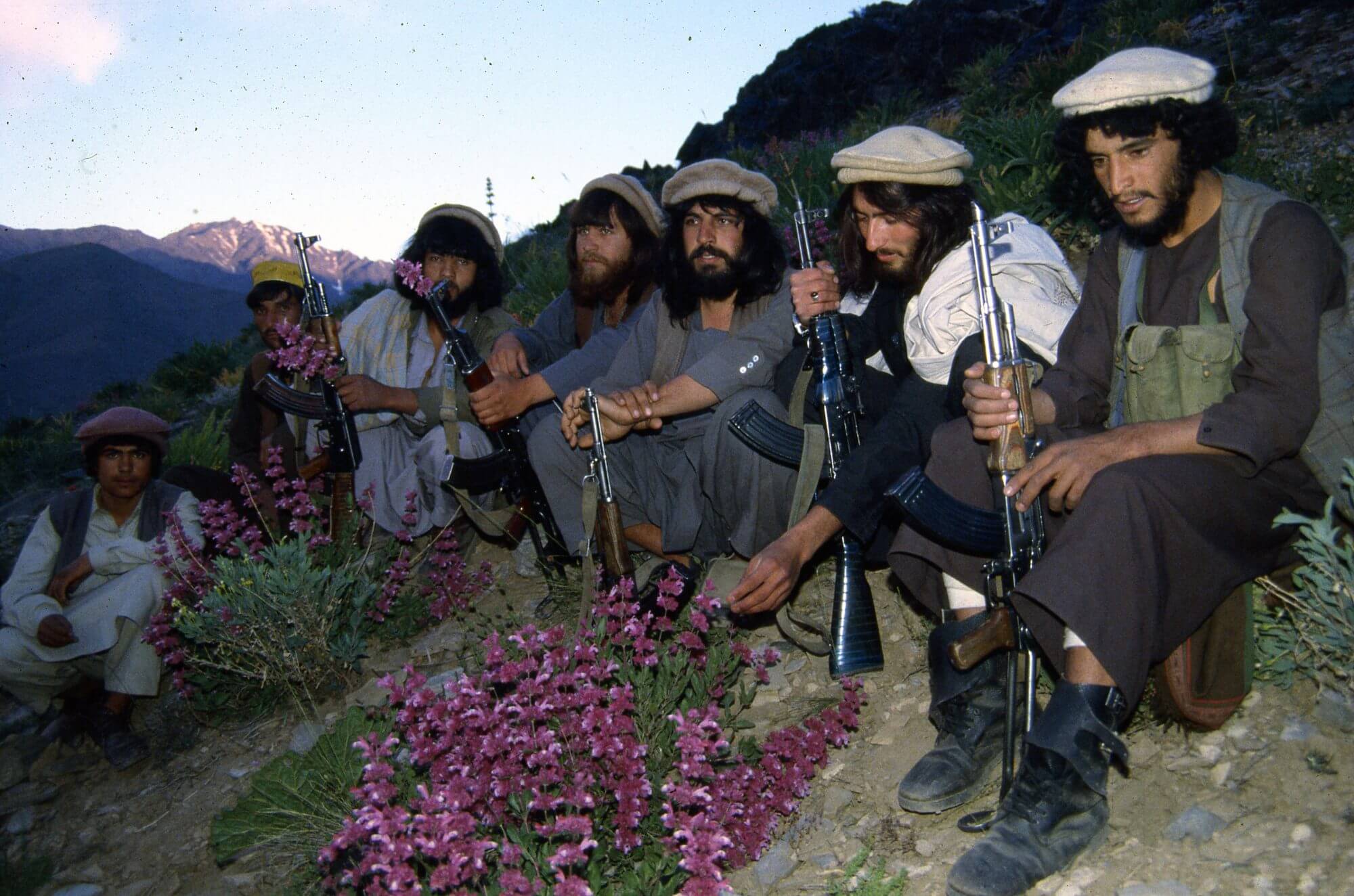Library of Congress receives huge donation from Afghanistan from Medill Washington on Vimeo.
WASHINGTON — A man walking through a bombed Kabul bazaar. A crowd watching a game of buzkashi, a polo-like game using a headless goat instead of a ball. A group of mujahedeen praying in a field with Russian AK-47s at their feet.
These images are among the nearly 95,000 photographs and 1,200 hours of videotape donated to the Library of Congress depicting Afghanistan during the Soviet invasion from 1979 to 1989, and the aftermath through 2012.
The collection will be a crucial source for academics studying this period in world history, said Mary-Jane Deeb, chief of the African and Middle Eastern Division at the Library of Congress, on Tuesday at an event celebrating the gift.
The documents may be important for understanding modern Islamic extremism. The Afghan mujahedeen became the template for extremist militant groups across the world, according to an Afghanistan scholar.
“If you want to look at the origin of ISIS, this is where that comes from,” said Amin Tarzi, a historian and director of Middle East Studies at Marine Corps University. “Studying these documents is invaluable for the fight against terror today.”
He said it was the last large-scale use of military force during the Cold War period.
“It was the war that partially led to the downfall of the Soviet Union,” Tarzi said. “It was the war that led to what we call ‘Islamic extremism’ today.”

The multimedia collection was donated by the Afghan Media Resource Center, a somewhat controversial program that supported Afghan journalists. The trove of images tells the story of Afghanistan from 1979 into 2012 from a uniquely Afghan perspective, largely focusing on the Soviet invasion.
“This war was called the ‘Hidden War’ because for years no Western journalists were willing to take the risk of going into Afghanistan,” said Steve Ollson, a documentary filmmaker who worked with the Afghan Media Resource Center, which was funded by the U.S. Information Agency and supported by Boston University.
Tarzi said the U.S.-backed effort “was information preservation as a means to confront communism and give the resistance a local platform.”
At the time, some worried that the center represented an “unhealthy co-mingling of (U.S.) government propaganda efforts and newsgathering,” David Edwards, professor of anthropology at Williams College, wrote in an article for the Nieman Foundation.
The center, led by Haji Sayd Daud, recruited and trained Afghan journalists to travel across the country to create a window into the war for a global audience. They embedded with each of the Islamic factions that were resisting the Soviet occupation.
“The news reports portray the desperate fighting and the valiant spirit of the Afghan people,” said Peter Tomsen, former U.S. Ambassador to Afghanistan. “The teams gave their microphones to Afghan civilians, village elders, women, children, allowing them to speak directly to a worldwide audience.”
The journalists traveled from Bamiyan to Kandahar, visiting areas with no electricity, phone service or roads to depict battles and elections, agriculture and mining.
“The collection will be the most authentic source for anyone, anywhere seeking information on the Soviet-Afghan War,” said Tomsen.

With the support of a 550,000 dollar grant from the State Department in 2011, the collection was digitized and the captions and other metadata were written in English, Pashtu and Dari. Forty-four hard drives, each holding three terabytes of photos, video and audio, were shipped to the Library of Congress.
A copy of the collection will remain in Kabul so Afghans have a record of that period of their history.
“This is crucial for the future of Afghanistan,” said Tarzi. “Afghanistan is not a healed nation. In order to forge a unified state, they have to deal with the Soviet period.”
Photos courtesy of Afghan Media Resource Center/Library of Congress


